Find the Right Tools for Every Project
Welcome to Mech-tool, the place where everyday DIYers and professional tradespeople find honest, reliable recommendations for tools and equipment. Whether you’re building a new deck, fixing a leaky sink, tuning up a car, or assembling furniture, choosing the right tools matters. Here you’ll find in-depth reviews, hands-on comparisons, deal roundups, and practical how-to articles that help you choose tools that last, perform well, and deliver real value. We test products, read user feedback, and explain what matters so you can shop with confidence.
WHAT WE DO
Mission statement paragraph
Our mission is simple: help you buy better tools. We focus on clear, honest information. Instead of hype or exaggerated claims, we provide objective reviews, step-by-step buying guides, and practical advice that helps you make the best choice for your needs and budget. We test popular products, compare features that matter in real jobs, and explain trade-offs so you can match a tool to the work you actually do.
What this means for you
That means when you read a review here you’ll see: the main strengths and weaknesses of a tool, who it’s best for (beginner, DIYer, pro), how it performs on real tasks, durability indicators, and whether it’s worth the price. We also gather current deals and point you to reliable sellers so you can buy with confidence and safety.
Why you can rely on our recommendations

Authority paragraph
We don’t accept gimmicks or fake endorsements. Our recommendations are built from hands-on testing, aggregated user feedback, and real-world use cases. We catalog performance, warranty coverage, common failure points, and real buyer experiences so you get a full picture before you spend money. Many of our readers tell us they prefer our site because we cut through marketing jargon and explain what actually helps finish the job faster, safer, and with less frustration.

How we evaluate tool
Every tool review follows the same evaluation checklist: build quality (materials, construction), ergonomics (weight, handling, comfort), performance (power, accuracy, battery life for cordless tools), reliability indicators (warranty, common failure modes), maintenance needs, and value for money. Where possible, we compare similar models side-by-side and test them on typical tasks (cutting, drilling, sanding, fastening) to show real differences.
FEATURED TOOL CATEGORIES
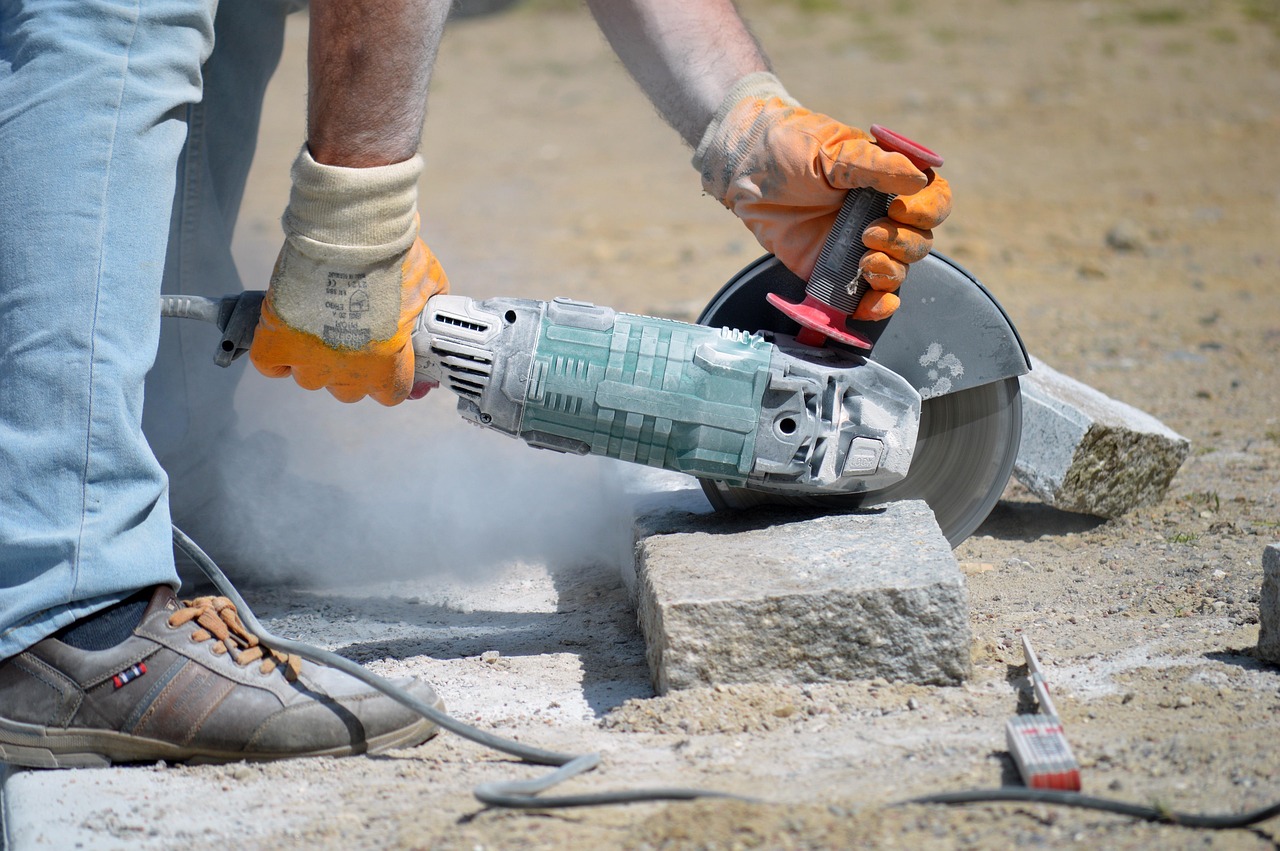
Power Tools
Power tools deliver speed and precision for heavy tasks. We cover drills, impact drivers, circular saws, reciprocating saws, angle grinders, sanders, and routers. For each product we explain motor type, battery performance and runtime for cordless tools, torque and RPM ranges, and when a corded model still makes sense. You’ll also find safety tips for using these tools properly.

Hand Tools
High-quality hand tools are the backbone of every toolbox. Our hand tool content covers hammers, screwdrivers, pliers, wrenches, chisels, measuring tools, and specialty tools for automotive or carpentry work. We focus on comfort, durability, and whether a set is a better investment than buying pieces individually.
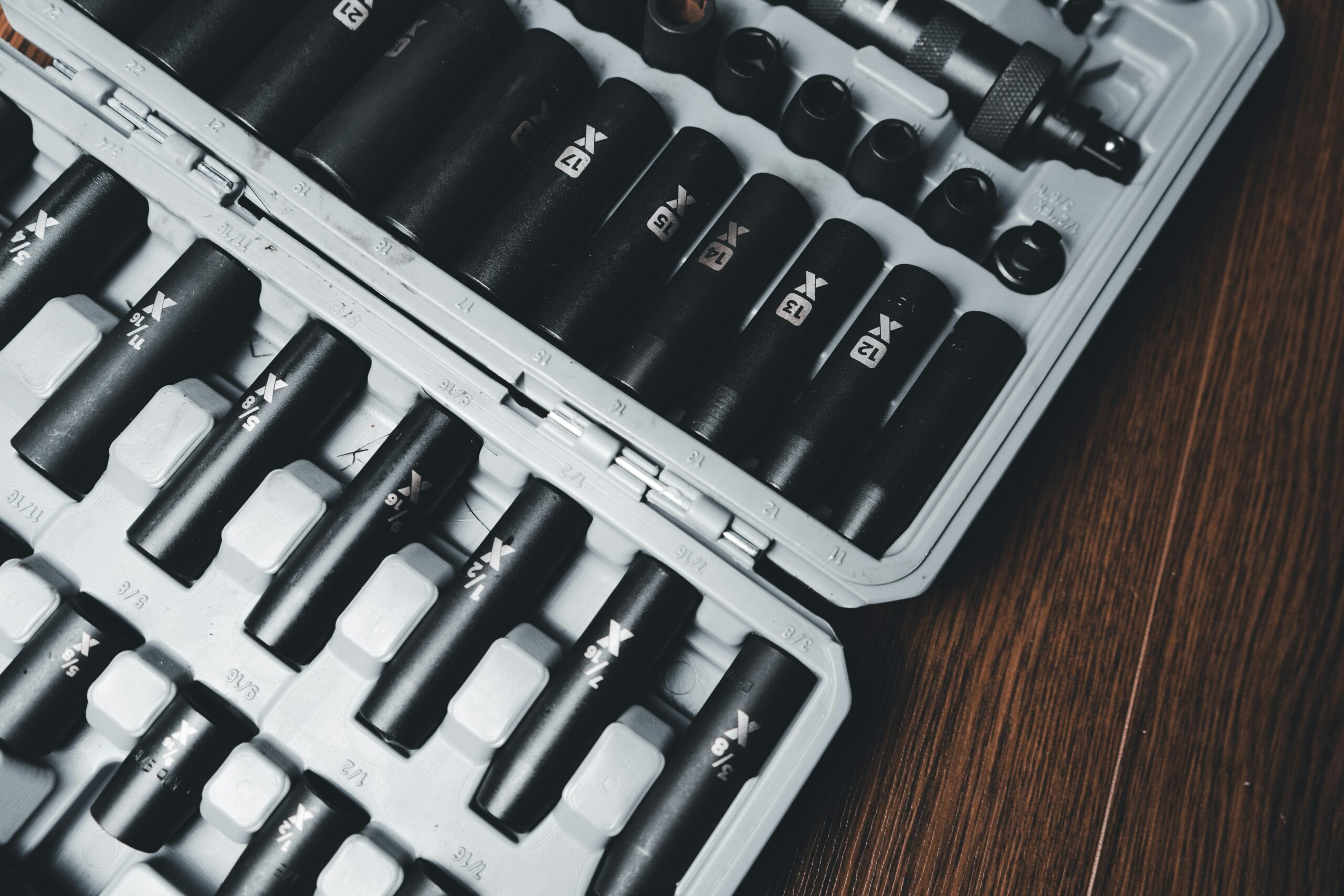
Tool Storage & Organization
A messy workspace slows you down. We review toolboxes, tool chests, rolling cabinets, pegboard systems, and portable organizers. Learn which storage systems hold up in a workshop, which are best for mobile tradespeople, and how to protect expensive tools from rust and damage.
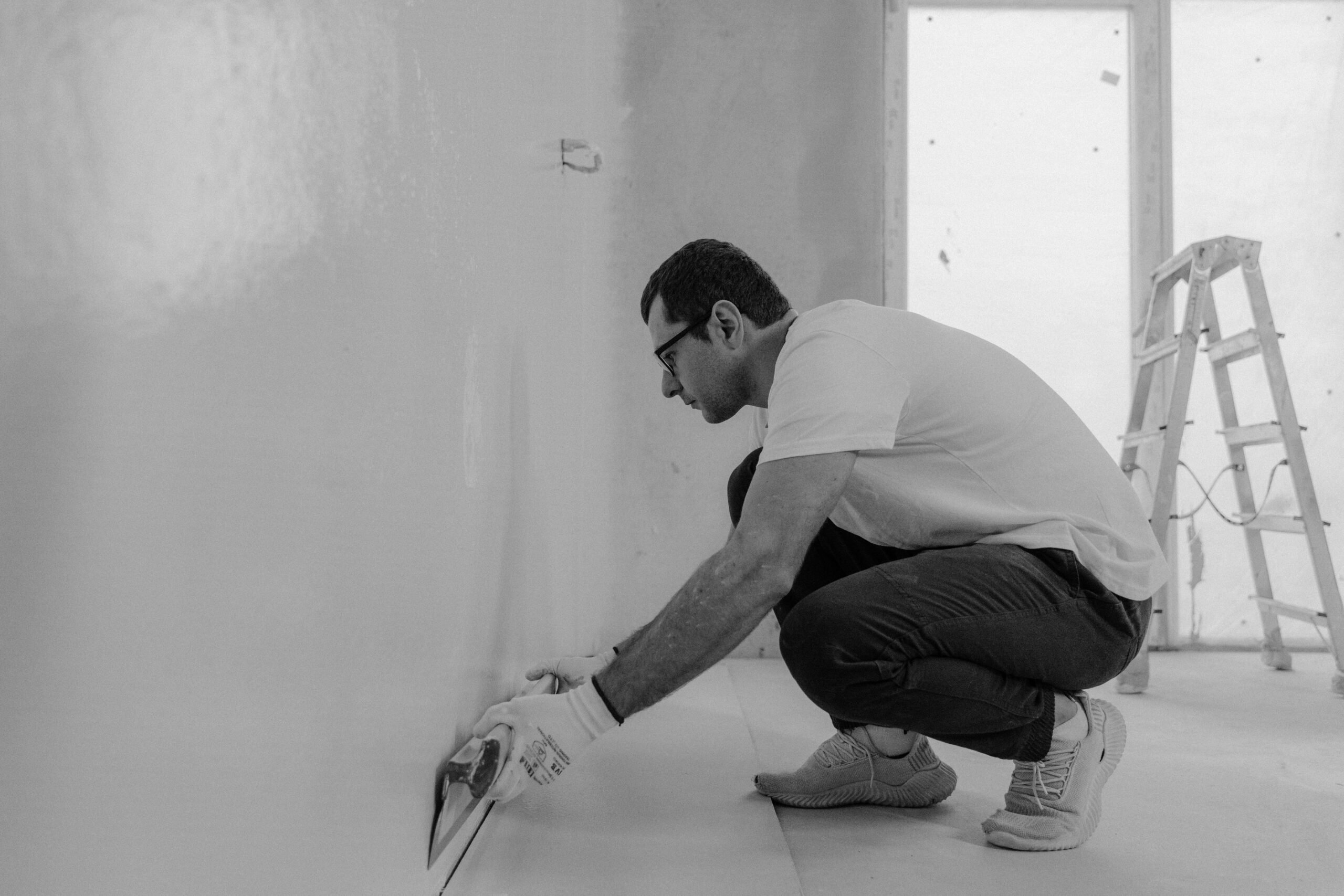
Home Improvement & Specialty Tools
From plumbing snake kits to laser levels, these tools make precise work faster and safer. We cover everything homeowners may need for installations, repairs, and upgrades — including electrical tools, inspection cameras, and finishing tools for paint and trim work.
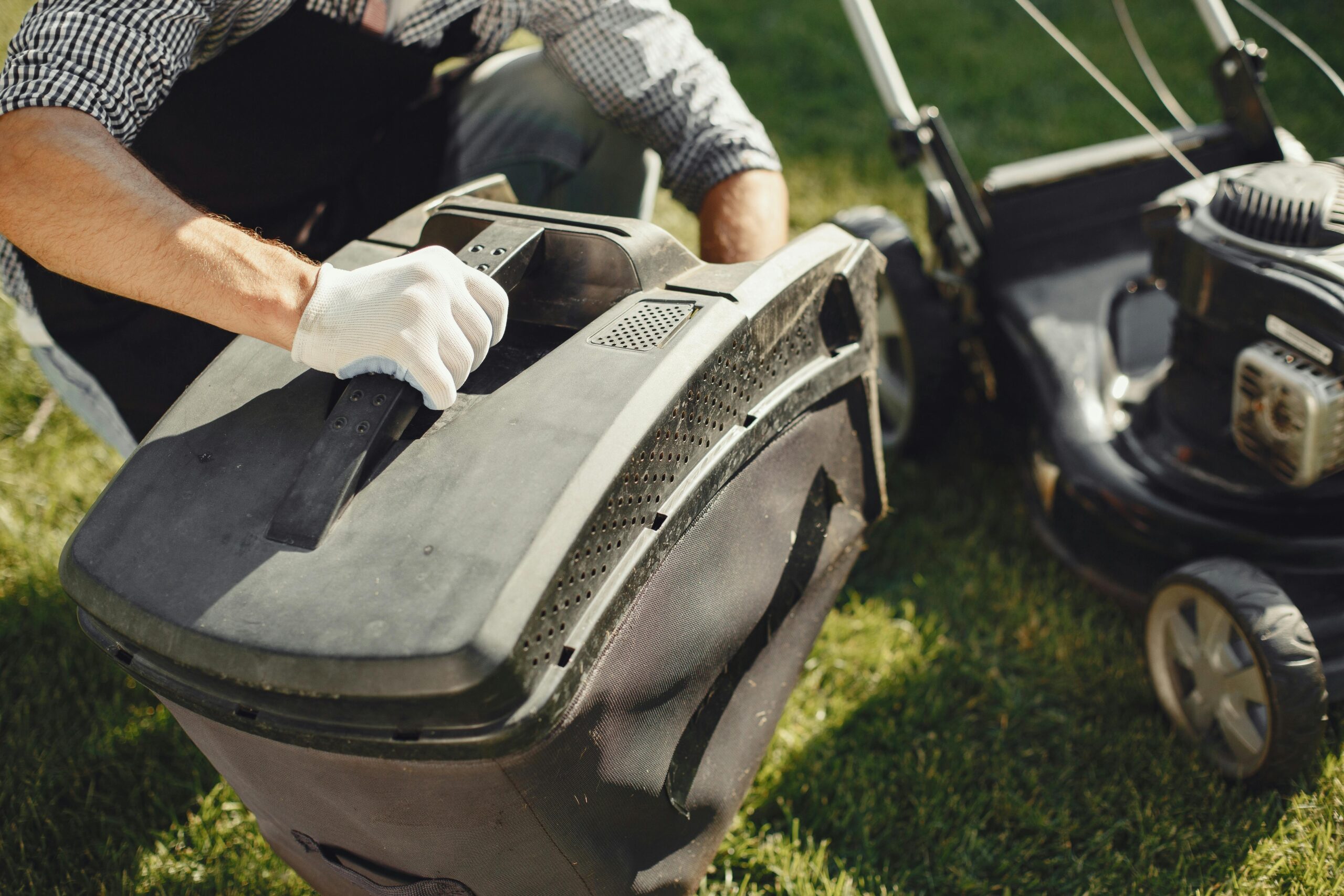
Outdoor & Garden Tools
Lawnmowers, string trimmers, chainsaws, and battery lawn equipment are covered with a focus on efficiency, battery life (for cordless), and safety. We include seasonal maintenance advice so these tools stay reliable year after year.

Safety & Protective Gear
Safety gear is non-negotiable: eye protection, hearing protection, gloves, respirators, and work boots. We explain safety standards, fit, and how to choose the right protection for each job.
FEATURED PRODUCTS
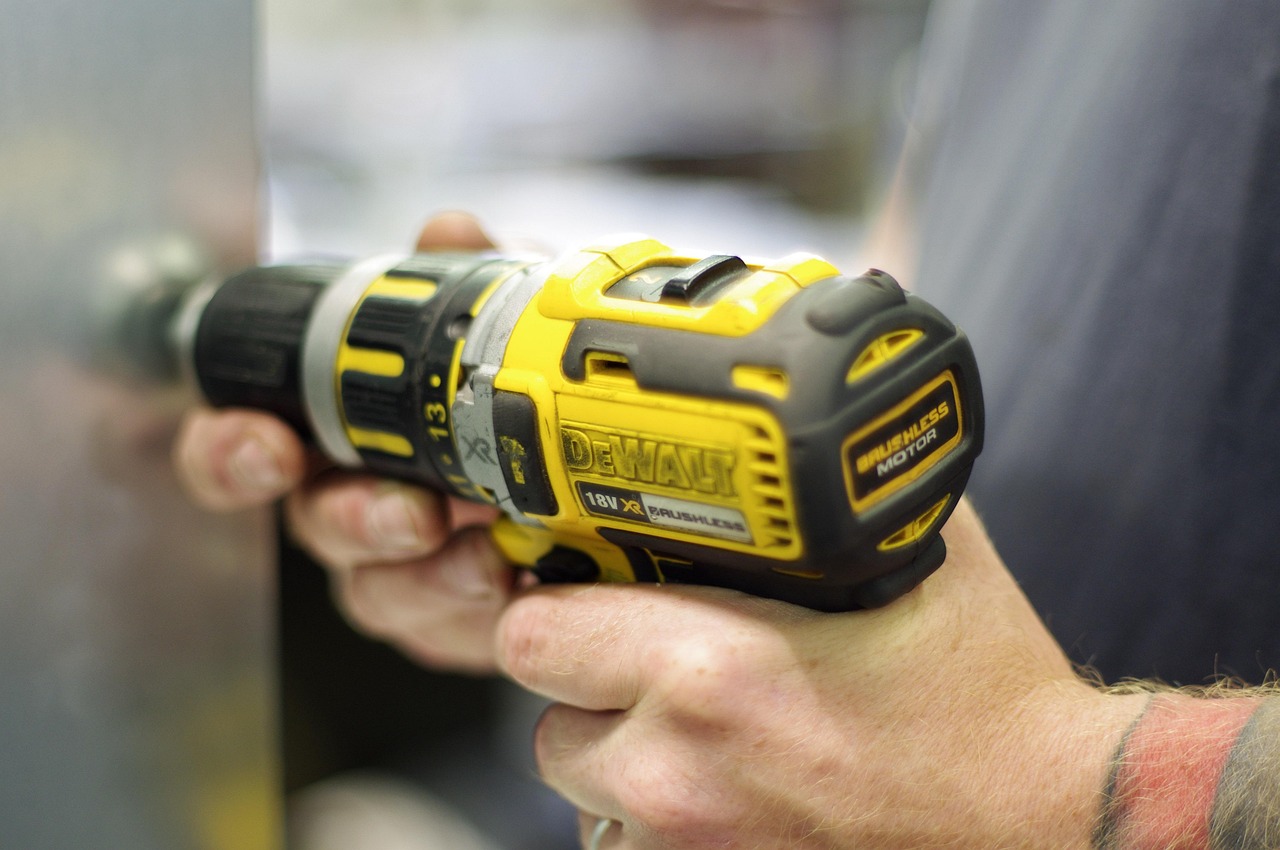
DEWALT 20V Max Drill — A reliable everyday performer
Built for both beginners and seasoned pros, this drill balances power, weight, and battery life. Its ergonomic handle reduces fatigue on long jobs, and the clutch offers fine control for precision driving. Ideal for home projects and light professional use.

Milwaukee M18 Impact Driver — Professional power in a compact form
This impact driver delivers high torque while staying compact enough to use in tight spaces. Its battery system is robust for long jobs and the build quality stands up to frequent professional use. Great for framing, deck building, and heavy DIY.

Makita Circular Saw — Smooth, confident cuts every time
Designed for accuracy and long runtime, this circular saw includes easy depth adjustments and a laser guide on some models. It’s a great choice for woodworking, remodeling, and jobsite framing when precise, repeatable cuts are needed.
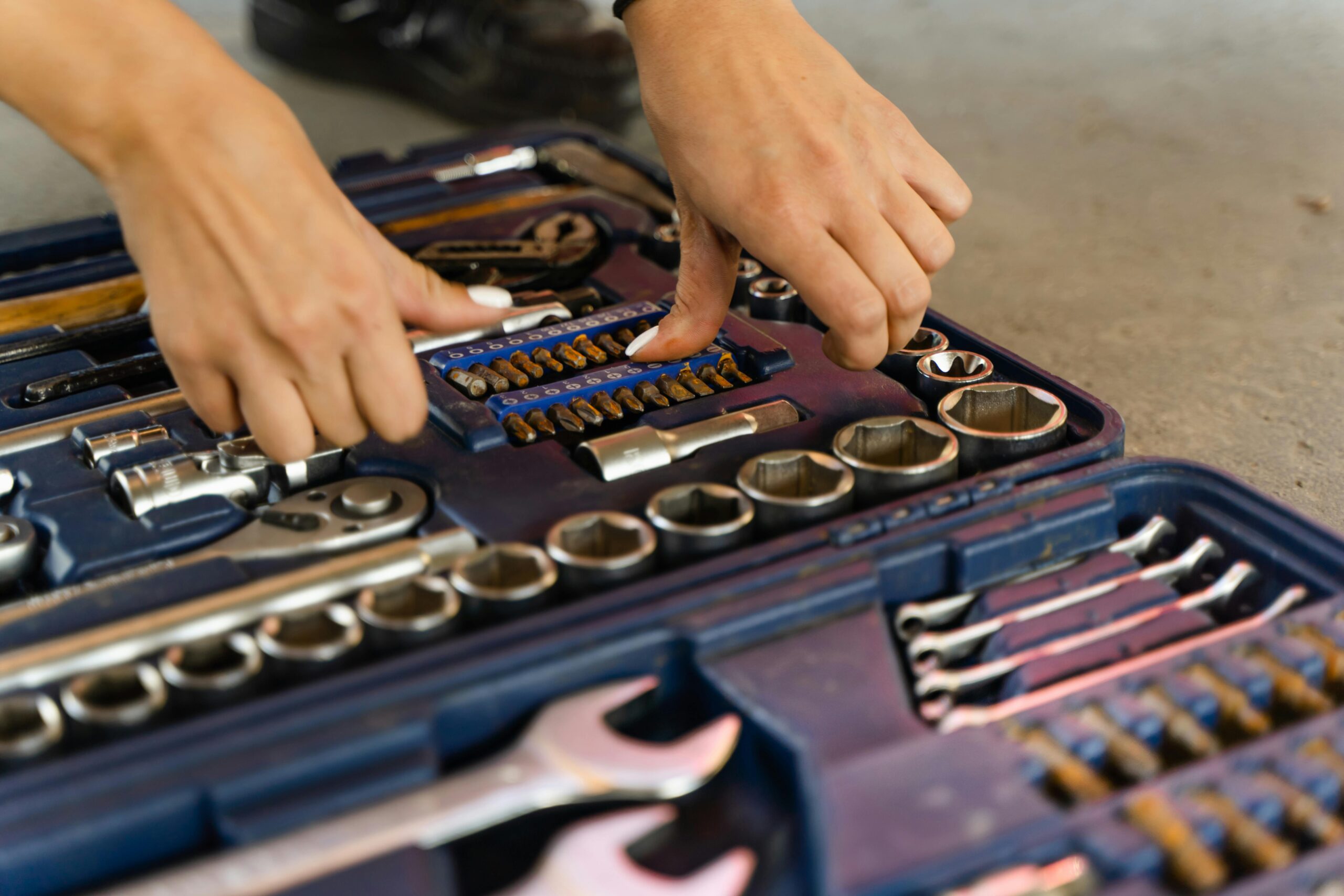
Craftsman 192-Piece Mechanics Set — Starter kit for home repairs
This set covers the essentials for household tasks and small auto repairs. Organized cases and labeled sockets help you work faster. Not the toolset for professional mechanics who need industrial durability, but perfect for homeowners and hobbyists.
HOW IT WORKS
How our product links work
We earn a small commission when you buy a product through links on this site — those commissions help us maintain the site, test tools, and keep publishing free, high-quality content. We never charge you extra. The price you pay is the same as the retailer’s. When you click to buy, the purchase is recorded by the retailer as coming from our referral, which may earn us a commission at no additional cost to you.
About Amazon affiliate and approvals
Amazon requires affiliate sites to meet certain standards before approving product links. That typically includes having real content, a functional website, clear navigation, and an affiliate disclosure page. Once approved, we can link to Amazon product pages and earn commissions on qualifying purchases. We list the products where we can and recommend purchase paths that match your needs.
Why transparency matters
We take transparency seriously. Every review notes whether a product was purchased, supplied for review, or recommended based on long-term testing. Our affiliate relationships are disclosed openly so you understand where recommendations come from and to ensure our objectivity remains intact.
BUYING GUIDES & TUTORIALS
Buying Guides (what they cover)
- How to choose the right drill for your needs: power, clutch settings, battery vs. corded.
- Circular saw buying guide: blade sizes, motor types, and safety accessories.
- The complete guide to choosing the perfect sander for your project.
- How to choose the best tool storage for your space and budget.
Tutorials & Step-by-Step Content
- How to change a car’s brake pads — step-by-step for beginners.
- How to build a simple workbench from start to finish.
- How to remove and replace a bathroom faucet.
- How to set up and maintain power tool batteries for maximum life.
Why both matter (detailed)
Buying guides help readers decide which tool to purchase; tutorials show them how to use it safely and productively. Both types of content increase trust and encourage return visits, and they naturally lead to product recommendations when
